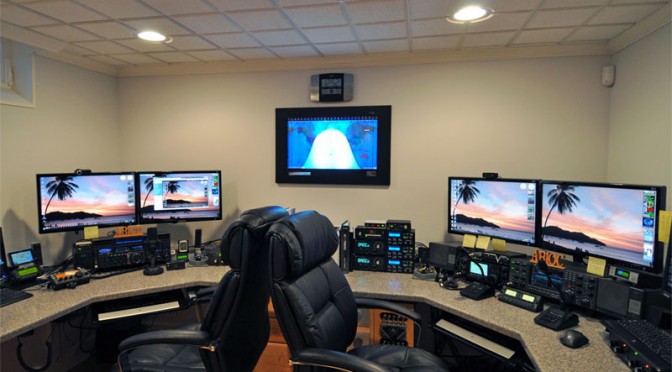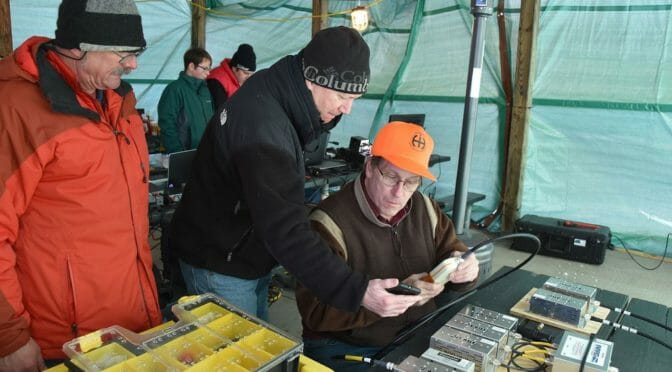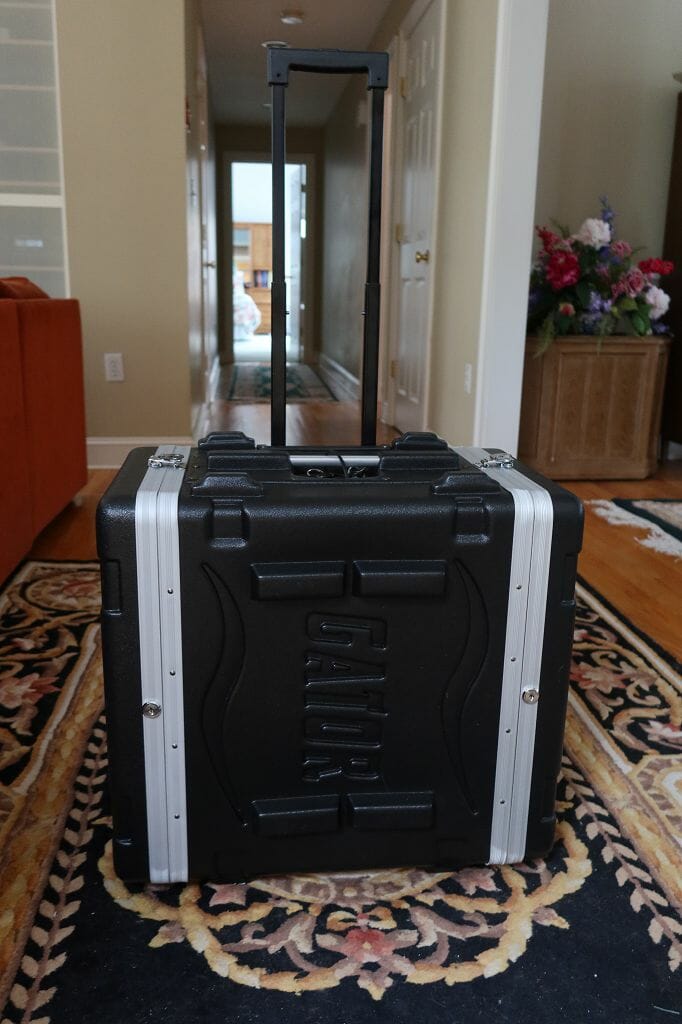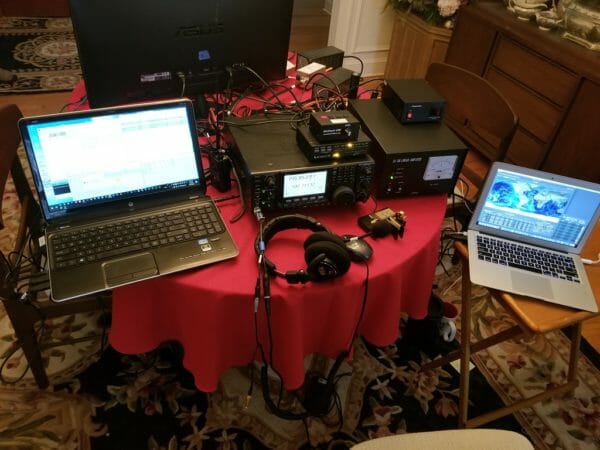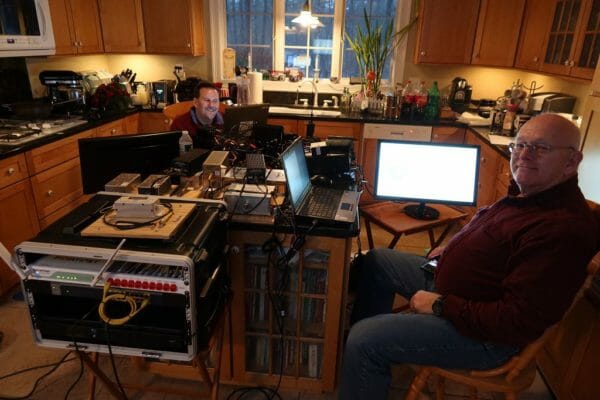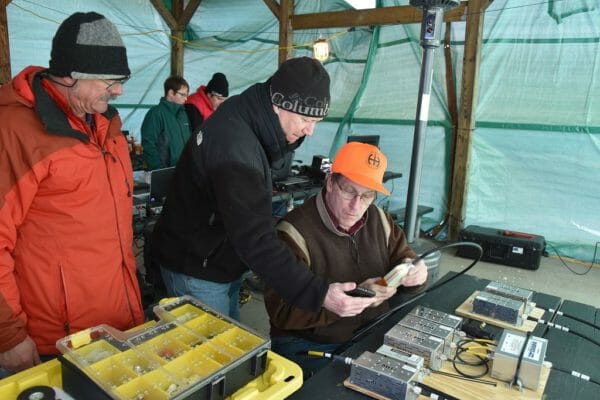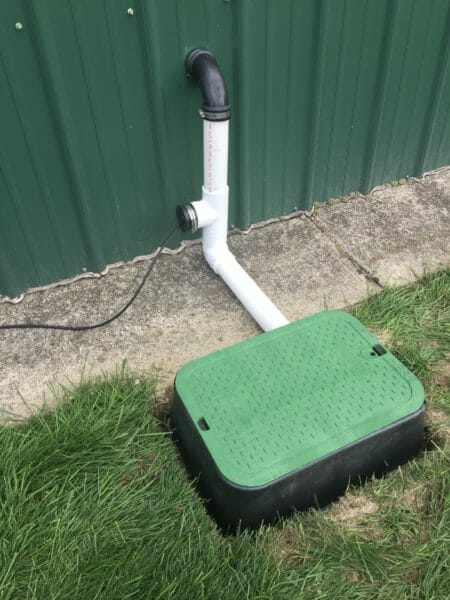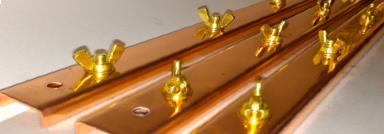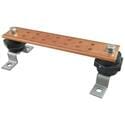We are currently considering a new project for the Nashua Area Radio Society – potentially building a club station for our members to use. We know that many folks, particularly new and recently upgraded Hams would likely use and benefit from a club station if we had one.
Why Build A Club Station?
A club station would provide many opportunities for our members to build skills and have fun with Amateur Radio. It would also provide an important emergency communications resource to members of our community. Some additional uses of a club station might include:
- A place to hold training activities like Tech Nights and Bootcamps
- A station we could use for Contesting and Special Event operations like 13 Colonies
- A place that members could use to host our Repeater and HF Nets
- A place to store and take pride in our many operating awards are other recognitions that our club has received
- A site to hold license training classes
- A station that members and student/teacher partners can use to operate
- A 24-7 station for EMCOM work
Space Needs
I wanted to share some ideas about what capabilities we are thinking about including in such a project. First, we’d certainly want to have a permanent space that our members could access and use to make contacts. This means that we’ need to find a location that could support 200 sq ft or more of space for equipment and operators. Space would need to be reasonably accessible to our members and have adequate power, light, heat, and Internet access available.
Possible Club Station Capabilities

A club station would be an on-going project that would likely evolve and grow with our club’s member’s interests and skills. Some capabilities that we might initially include would be:
- A 100 w HF station for at least 40m – 10m
- A combination of a wire (40m) antenna and a directional (Hex beam or a tri-band 20m-10m) antenna
- An FM repeater transceiver and antenna
- A computer for logging and other Amateur Radio activities such as Digital operations
100W HF Transceiver Example – Icom IC-7300
Longer-term additions might include:
- 6m and 80m capabilities
- Ability to operate the station remotely from home and other locations via the Internet
- A satellite ground station
- A 500w amplifier for HF
- Additional contesting capabilities
- …
Getting Started – What Do We Need?
We are exploring the idea of a club station at this time. The first step in the project would be to find a suitable space that we could use. We’re looking for a location that is centrally located in the Nashua Area. A Loft or similar space at someone’s QTH or a space that is part of an existing business, educational facility, or other public space would make great potential candidates for a club station.
Perhaps you have or know of someone who has a loft or other suitable space that we might use. The benefit to someone who could help us in this way would be ready access to a top-notch Amateur Radio Station along with the satisfaction that comes from helping our members develop their skills and support our community in times of emergency.
If you know of a space that you think we might consider, please contact us at [email protected]. We are also looking for members who would like to help us with this project. We hope to find a space and undertake a club station project in 2020.
Fred, AB1OC

